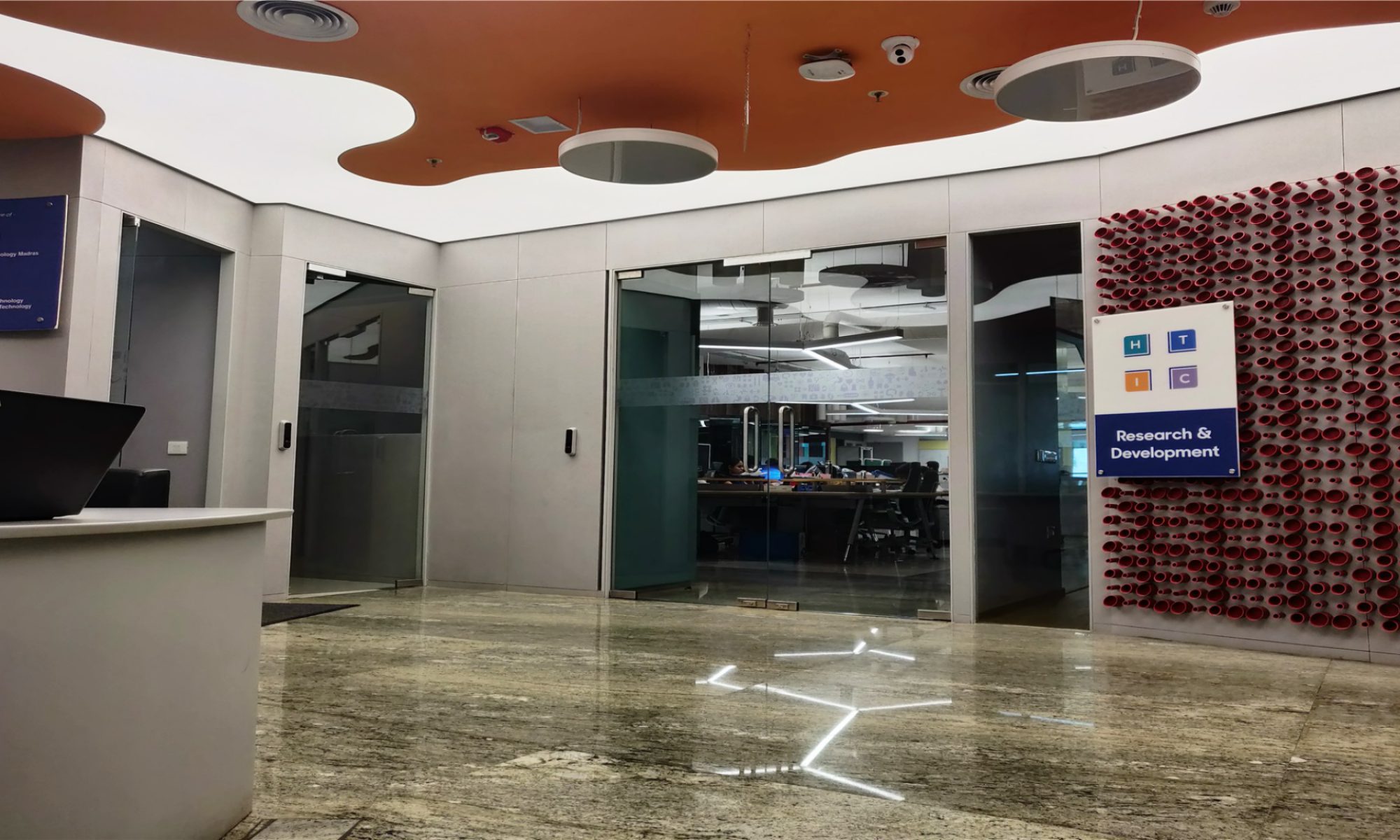Neonatal Transport Unit
Need:
General ambulances, which are designed to transport and provide care to adults, are used across the nation to transport sick and premature infants. These ambulances are usually not equipped with specialized equipment required for the safe transport of infants like the transport incubator, transport ventilator, etc. To overcome this shortcoming, EMRI operated neonatal ambulances which were a retrofit design and hence these ambulances had scope for improved space utilization and better ergonomics. A custom built neonatal transport unit which optimises the space within the vehicle, while enabling the caregiver to provide quality care to the neonate being transported was required.
Innovation:
The neonatal ambulance, initially operated by EMRI, was a retrofit design which had limitations with respect to the handling of equipment within the unit and lack of space for delivering care. Difficulty in loading the transport incubator, difficulty in accessing the neonate, maintaining the clean and safe environment and limited space for delivering care were the major challenges/limitations that were identified. HTIC developed designs for a custom built neonatal transport unit to address the above limitations. Installation of air suspension in the base vehicle provided for adjustable floor height when loading the incubator while also making the ambulance adaptable for different transport incubator types. Reduced shock and vibration, as a result of the air suspension, would improve the ride comfort for the neonate as well as the EMT personnel. In order to provide maximum access to the neonate, an adjustable EMT seat, which can be pulled forward to get close to the incubator, was provided. The height of the seat was also lowered to provide ergonomic access to the neonate in the incubator (kept in the folded down position inside the ambulance). An additional fold able seat was also provided near the head of the incubator for enabling better access to the head of the infant.
Impact:
Based on the design modifications suggested by HTIC, 66 neonatal ambulances have been fabricated and deployed in Tamil Nadu covering all its districts. Data available till May 2015 suggests that 70% of the ambulance services have been utilized by the rural population. Around 20000 neonates have been transported in 4 years since the inception of the ambulances with nearly 80% of the neonates reaching the facility in stable clinical condition (normal temperature, stable blood sugar, breathing stabilized and circulation maintained). The survival rate of the neonates has also increased over the years from 85% during the year of inception to nearly 94% during the fourth year of operation.
Publications:
- Kumutha J, Rao GV, Sridhar BN, et al. The GVK EMRI maternal and neonatal transport system in India: a mega plan for a mammoth problem. Seminars in Fetal and Neonatal Medicine 2015; 20: 326– 34 .
News coverage:
- Times of India: Neonatal Ambulances designed by IIT Madras deployed in the state.
- The Hindu: Ambulance for neo-natal care launched.
